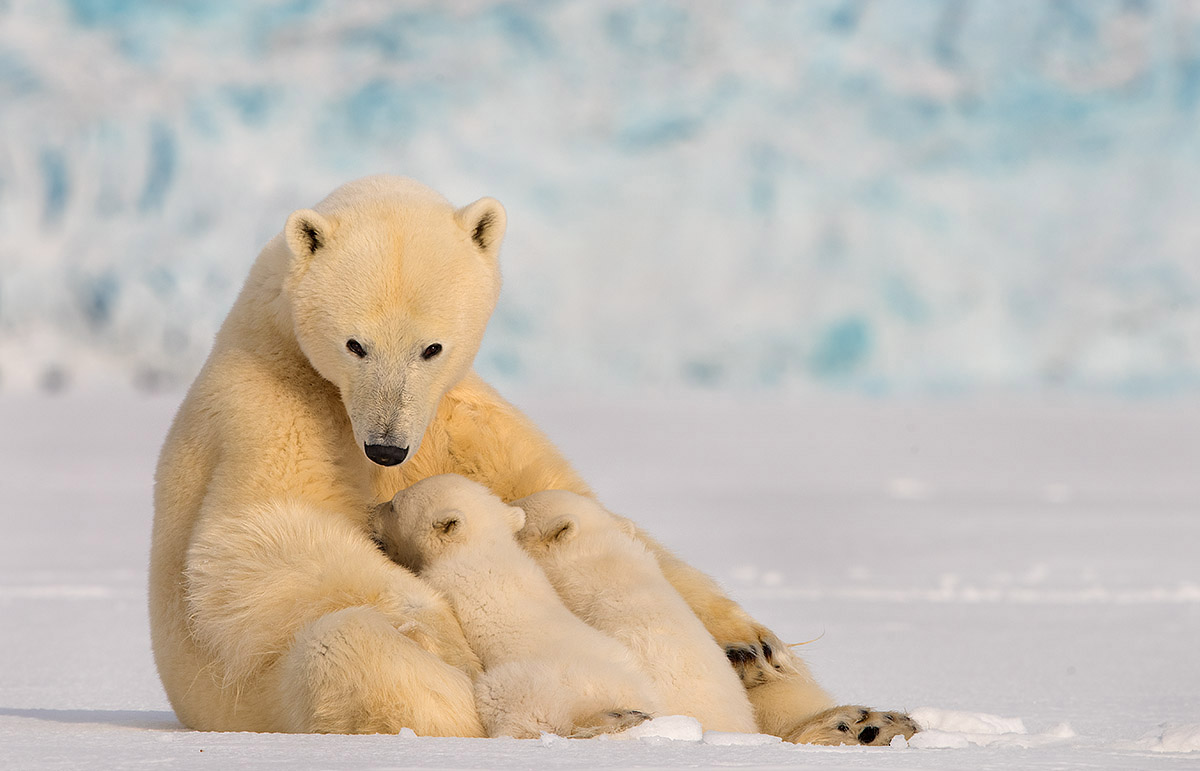Pollution in the Arctic is so bad that chemicals are accumulating in polar bear mothers' milk and getting passed onto bear cubs.
A new analysis of pollutants in the Arctic has found that polar bears are at a particularly high risk, compared to other animals like seals.
The study was published in the journal Environmental Toxicology and Chemistry in December and focused on a class of pollutants known as persistent organic pollutants. POPs are toxic, hang around for a long time and tend to build up in the bodies of humans and animals, Business Insider reported.
For the study, researchers collected data over a large sector of Arctic and sub-Arctic regions pertaining to food chains, diets of animals, concentration of POPs and the surrounding environment. The scientists estimated concentrations of 19 chemicals in Arctic cod, ringed seals and polar bears.
Their findings showed surprising takeaways. First, the risk of persistent organic pollutants was two orders of magnitude higher than the safety threshold for the adult polar bears, which is a difference of about 100 times as much. But it was even higher—three orders of magnitude above, or 1,000 times—for the bear cubs.
Like baby humans, polar bear cubs rely on their mother's milk as their primary source of food and they are looked after in this way for about 20 months. For comparison, seal pups drink their mother's milk for just a month—they feed on two and a half liters of it every day and grow by as much as 30 kg in two weeks. This means that polar bear cubs are exposed to accumulated chemicals from their mothers for a lot longer, while the risk of POPs was low for seals.
The study made it clear that since the 1980s, there had been a measurable decrease in the risk of POPs for bear cubs, thanks to international control measures.
However, the composition of POPs changes constantly and the recent addition of new POPs into the environment, particularly something called perfluorooctane sulfonate, which was used in fabric protector, increased since the 1940s until it was banned in the early 2000s.
"The results demonstrate that international control measures are effective at reducing the risk to ecosystems," said co-lead author Marco Vighi in a statement. "Nevertheless, it is fundamental to continuously implement the control of new and emerging contaminants."


